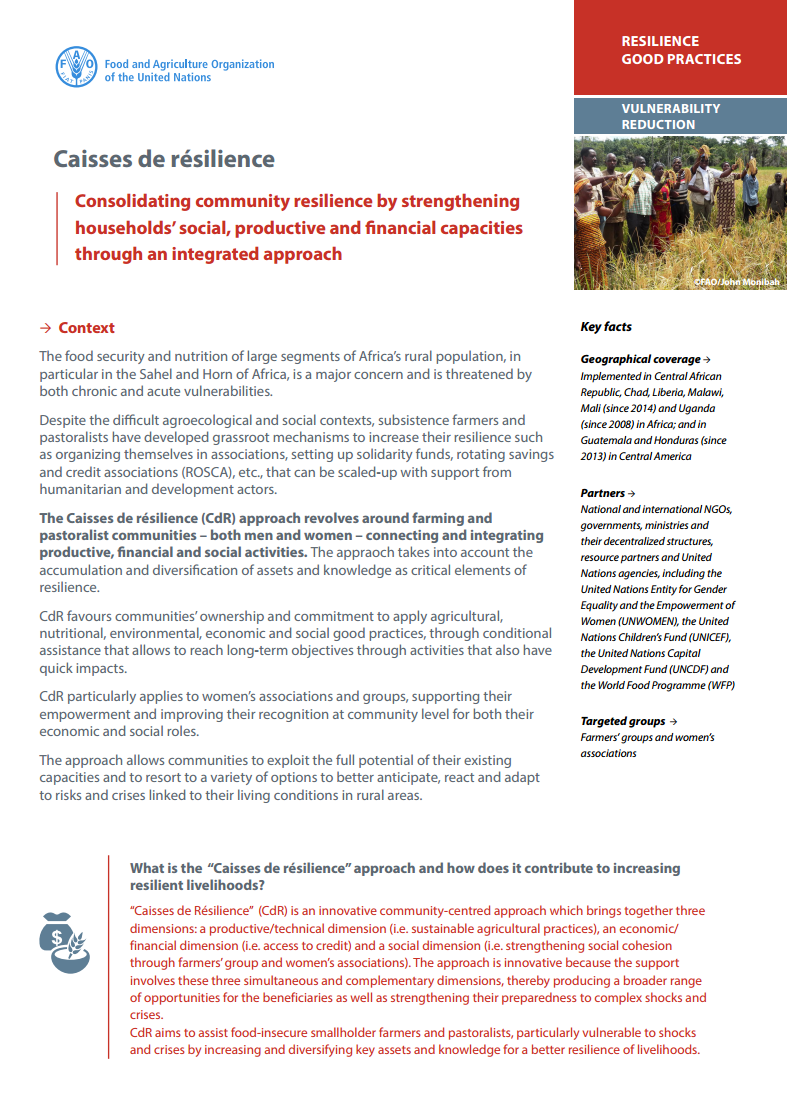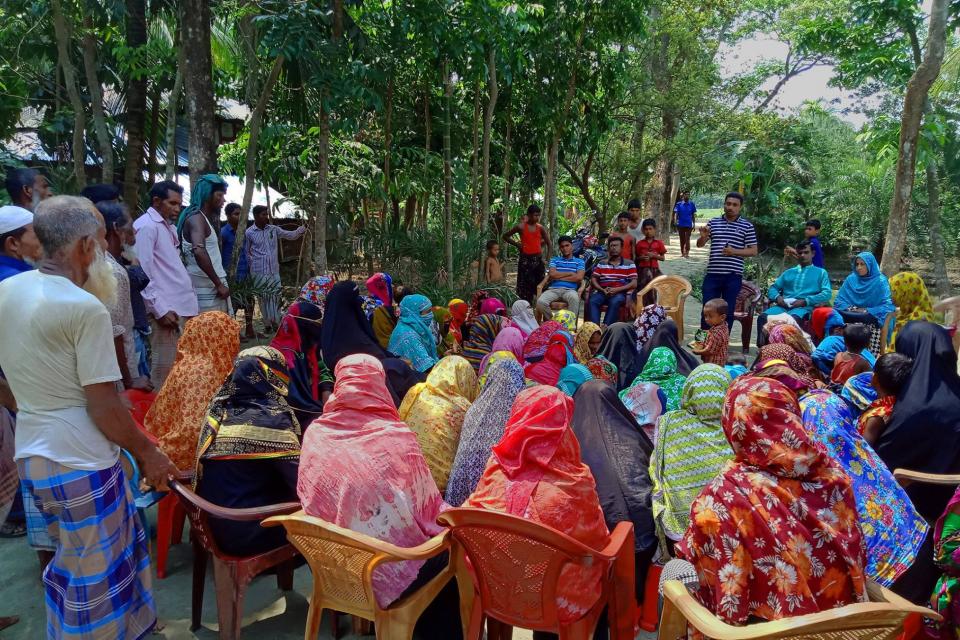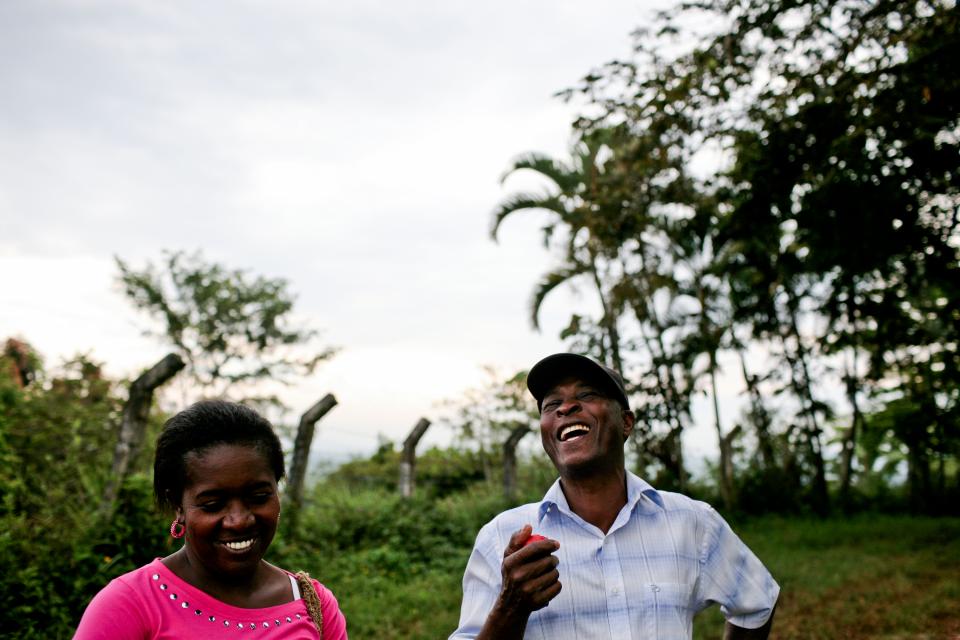Caisses de résilience (CdR): Increasing African communities’ resilience with integrated, grassroots mechanisms

CdR works by using capacities that communities already have to strengthen their social, productive and financial activities simultaneously.
Why is the method important?
Food security and nutrition in many parts of Africa are vulnerable to chronic and acute issues. This is particularly true for rural people and those in the Sahel and Horn of Africa, who experience challenges due to their agroecologies and social contexts.
The CdR approach lets communities rely on their existing capacity, using several different options to solve problems. This means they are better able to plan for, react to and adapt to risks and crises that occur.
Who is the method for?
This resource suits people working in Africa who design, implement and assess investments and programs—including national and international NGOs, governments, ministries and their decentralized structures, resource partners and agencies/funds. These people would be working to target women’s associations and groups, and smallholder farmers’ groups.
Country of focus: African countries
How can I use the method?
African subsistence farmers and pastoralists have already increased their resilience with simple, community-centered and scalable mechanisms such as:
- organizing themselves in associations
- setting up solidarity funds
- rotating savings and credit associations
The Caisses de résilience (CdR) approach involves women and men farmers and pastoralists further connecting and integrating their productive, financial and social activities. It often uses conditional assistance (e.g., cash transfers) that allow people to reach long-term goals through activities that also have quick impacts.
Its three dimensions are:
- productive/technical (i.e. sustainable agricultural practices)
- economic/financial (i.e. access to credit)
- social (i.e. strengthening social cohesion through farmers groups and women’s associations)
It also usually encompasses:
- Commitment to apply agricultural, nutritional, environmental, economic and social good practices
- Support of women’s empowerment and improving their recognition at the community level for both their economic and social roles
The approach is innovative because the three simultaneous and complementary dimensions usually produce a broader range of opportunities (than separate activities) and strengthen people’s preparedness for complex crises.
When and how was it developed?
The FAO developed this good practice guide with the assistance of EU funds in 2016. It was implemented in Central African Republic, Chad, Liberia, Malawi, Mali (since 2014) and Uganda (since 2008) in Africa; and in Guatemala and Honduras (since 2013) in Central America.
The guide includes the methodological approach, impact, sustainability, upscaling and replicability, a case study and tips.
Where can I get the method/tool/course? Who can I contact?
You can read the publication here (PDF, 796 KB).
Contacts for more information:
- Caisses de résilience: Alexis Bonte, FAO Regional Resilience Coordinator for Africa in the Democratic Republic of Congo, Alexis.Bonte@fao.org
- Community Contingency funds: www.fao.org/3/a-i5623e.pdf
- Resilience good practices: KORE@fao.org
Publications



